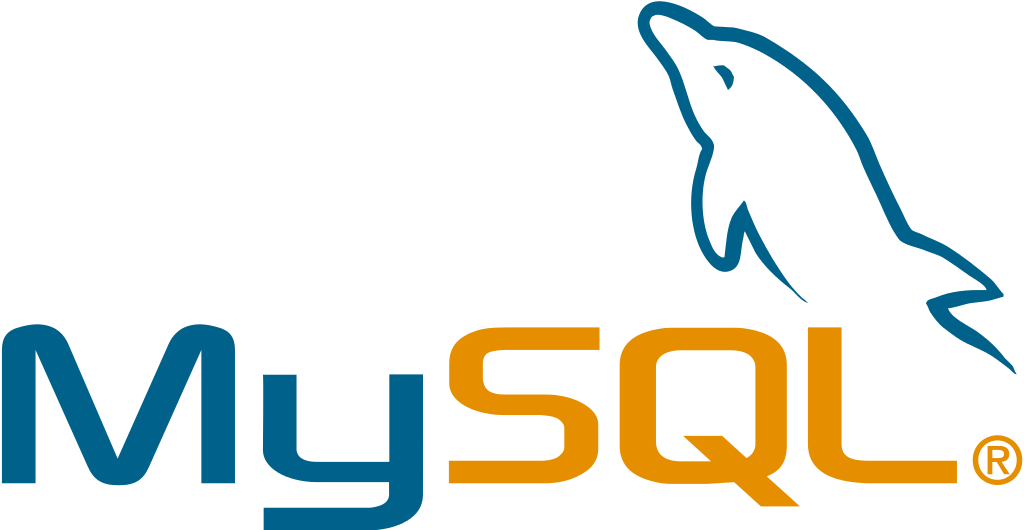MySQL is a widely used relational open-source database management solution across the world. The history of MySQL goes back to when Monty Widenius in 1979 started working for the small firm named TcX and created the reporting tool that was written in a BASIC and ran on 4 Mhz computer and 16KB RAM. With time, this tool was again written in C & ported to run over Unix. Still, it was just the low-level engine with the reporting front end. This tool was called Unireg. Let us know the complete history of MySQL and how it came into existence:
MySQL History

MySQL, a Swedish company was credited for being a founder of the MySQL database server. There were 3 engineers: David Axmark, Allan Larsson, and Micheal Widenius, who started their work on the MySQL server development in 1995. They released their first MySQL server on the same date. Another US tech firm named Sun Microsystems took complete ownership once they purchased MySQL AB. Later on Oracle, a US tech giant acquired Sun Microsystems in 2010, and MySQL is today owned by Oracle.
Bing an open RDBMS with the client-server architect, it is a service or software used for creating and managing the databases based on the relational model. Let us now have a look at every term in detail:
1979
- The MySQL project began when MySQL inventor named Michael Widenius formed their database server named UNIREG that helped to manage databases.
1981
- Unireg that is MySQL code base of got started.
1995
- MySQL was started by David, Allan, and Michael.
- Initially, it was represented commercially by TCX, the company owned by 3 founders.
- David & Allan were in Sweden and Monty in Finland.
1996
- The first version MySQL 1.0 was out only for limited group and then it was followed by the public release.
- Their initial public release offered just the binary distribution for the Solaris.
- After one month, source and Linux binary got released.
2000
- Around half a dozen of alpha & beta versions of this platform got released.
- All the versions were highly compatible with the major platforms.
- MySQL then went open source and can easily be accessed & used by everyone.
2001
- Mårten Mickos got elected as CEO.
- Mårten was the CEO of several Nordic firms before joining the MySQL team and comes with a sales & marketing background.
- They achieved 2 million active installations.
- Raised over €4 million A series from Scandinavian capitalists.
- MySQL AB & its founders got sued by NuSphere.
2002
- MySQL was launched in US headquarters besides Swedish headquarters.
- Around 3 million active users were achieved.
- They ended with over $6.5 million in revenue with over 1,000 paying customers.
2003
- MySQL entered in the partnership with SAP, came with different that were developed in the MySQL with SAP.
- Raised over $19.5 million from the Benchmark Capital & Index Ventures.
- Series B pitch is available on the internet.
- Over 4 million installations and 30,000 downloads daily.
- They ended with over $12 million in revenue.
- MySQL enters into a partnership with SAP (that got ended in 2007). Many different features were produced in MySQL 5 with SAP.
- The next big leap happened in MySQL history and it was the release of 4.0.
2004
- With its primary revenue arriving from OEM dual-licensing, MySQL moved into an enterprise market and focused on revenue from the end-users instead of licensing fees from OEM partners.
- They ended with over $20 million in revenue.
2005
- A year later, the 5.0 version was stabilized.
- MySQL launched their MySQL Network and Oracle bought Innobase that is a backend of MySQL’s InnoDB.
2008
- Sun Microsystems got the rights of MySQL AB for over $1 billion. Michael and David started criticizing Sun publicly & shortly left Sun.
2009
- Later Sun was acquired by Oracle.
- MySQL was used to develop back-end server for Sears, which empowered users to manage content & merchandise online.
- Marten leaves Sun & becomes an entrepreneur at Benchmark Capital.
- Now Sun has lost their business & spiritual leaders turned MySQL into a big success.
- Sun Microsystems & Oracle entered into the definitive agreement and Oracle acquired stock if Sun for $9.50 in cash.
- This transaction was valued at over $7.4 billion.
2018
- MySQL 8.0 Server was announced that includes NoSQL Document Store, crash and atomic safe DDL sentences & JSON Extended syntax, like JSON table functions, sorting, as well as partial updates.
2020
- MySQL eclipses Python in the terms of popularity.
- It became a popular open-source language among the developers
2021
- MySQL 8.0.26 & 5.7.35 Server was released, and new versions of popular Database Management System were released with 8.0.26 Connector & Component products.
Final Words
To conclude, clients often emphasize which MySQL GUI must be used. The easier and faster their data management functions are, the more user-friendly and lighter their GUI is. MySQL SequelPro, WorkBench, DBVisualizer, and Navicat DB are some well-known MySQL GUIs. Most of them are free, whereas others are paid; and some are only for macOS, whereas some are compatible with operating systems. Clients must choose GUI that suits their requirements.
